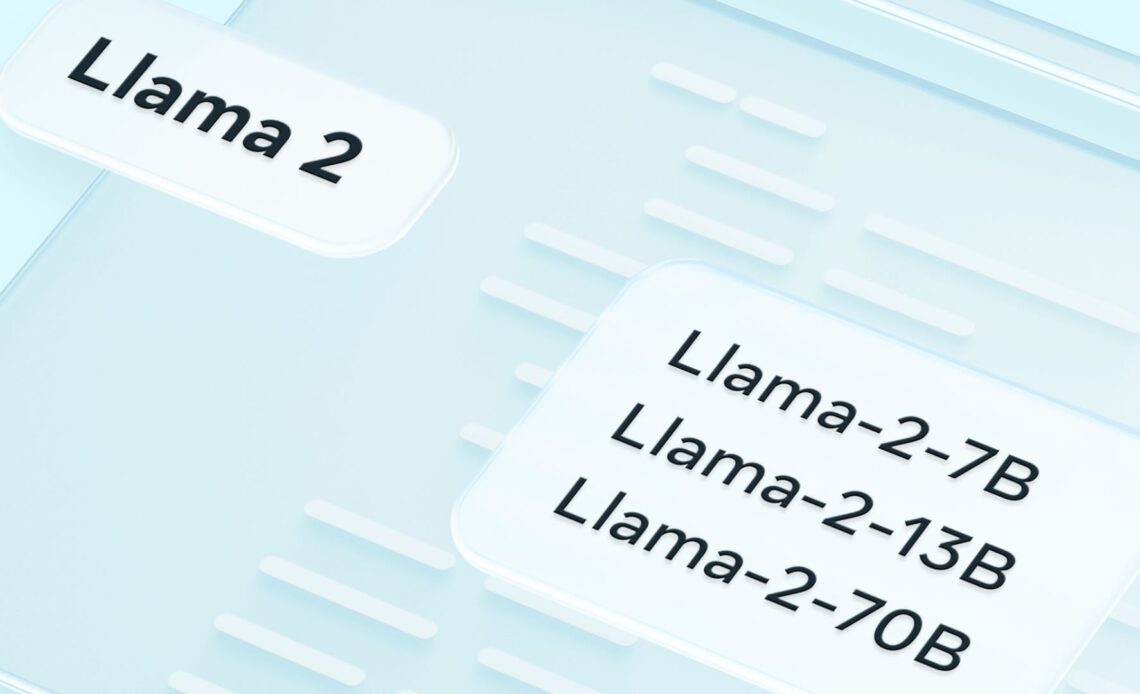
The world of Artificial Intelligence (AI) has witnessed significant breakthroughs, with generative AI captivating the public’s imagination. Today, we are thrilled to announce the arrival of Llama 2, the next generation of the open-source large language model, which promises to revolutionize AI development and democratize access to cutting-edge technology. In a strategic partnership between Meta and Microsoft, Llama 2 will be made freely available for both research and commercial use, empowering businesses, researchers, and creators to explore new possibilities and fuel innovation across various domains.
At the core of the Llama 2 release lies the belief in an open innovation approach to AI technologies. By making AI models openly accessible, developers and researchers can leverage them to create a wealth of transformative applications. This open approach has already proven successful, with dozens of large language models driving progress in generative AI, propelling businesses to offer new, AI-powered experiences, and enabling groundbreaking research.
By providing access to tools developed at scale, Llama 2 empowers businesses, startups, and researchers with the means to experiment, innovate, and reap economic and social benefits that were previously out of reach. Furthermore, this approach fosters collaboration within the community, facilitating stress-testing and identifying and solving potential issues collectively, leading to safer and more robust AI models.
In an expanded partnership, Microsoft has been designated as the preferred partner for Llama 2. The integration of Llama 2 into the Azure AI model catalog allows developers using Microsoft Azure to harness its power seamlessly and leverage the cloud-native tools for content filtering and safety features. Additionally, Llama 2 is optimized to run locally on Windows, providing developers with a smooth workflow as they bring generative AI experiences to customers across various platforms.
Beyond AI, Microsoft and Meta have been at the forefront of advancing technology collectively. Their joint efforts have resulted in an open ecosystem for interchangeable AI frameworks, scaling the adoption of PyTorch on Azure, and delivering immersive experiences in the metaverse for the future of work and play.
While the benefits of AI are evident, Meta and Microsoft understand the importance of responsible AI development. As such, they are committed to building Llama 2 responsibly and are providing various resources to support users in doing the same.
Red-Teaming Exercises and Safety Fine-Tuning: Llama 2 has undergone rigorous red-teaming exercises and safety fine-tuning to ensure its reliability and security. Both internal and external efforts have been employed to test the models for potential vulnerabilities and improve their performance iteratively.
Transparency Schematic: The research paper on Llama 2 includes a transparency schematic, disclosing known challenges and issues, along with mitigation strategies. This fosters transparency and ensures that users are aware of the model’s strengths and limitations.
Responsible Use Guide: Meta has created a comprehensive guide with best practices for responsible development and safety evaluations, aligning with state-of-the-art research on generative AI across the industry and the AI research community.
Acceptable Use Policy: An acceptable use policy has been put in place to prevent certain use cases that may exploit the models unfairly or irresponsibly.
Meta has recognized the importance of engaging with the AI research community. They have launched the Open Innovation AI Research Community, inviting academic researchers to join a community of practitioners focused on the responsible development and sharing of large language models. This collaboration aims to deepen understanding and drive innovation in this critical field.
Additionally, the Llama Impact Challenge encourages diverse entities, including public, non-profit, and for-profit organizations, to harness Llama 2’s capabilities to address essential challenges in areas like the environment and education.

